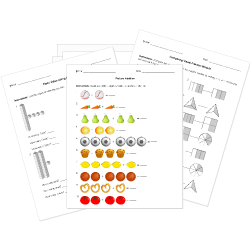Common Core Standard RI.6.9 Questions
Compare and contrast one author’s presentation of events with that of another (e.g., a memoir written by and a biography on the same person).
You can create printable tests and worksheets from these questions on Common Core standard RI.6.9! Select one or more questions using the checkboxes above each question. Then click the add selected questions to a test button before moving to another page.







